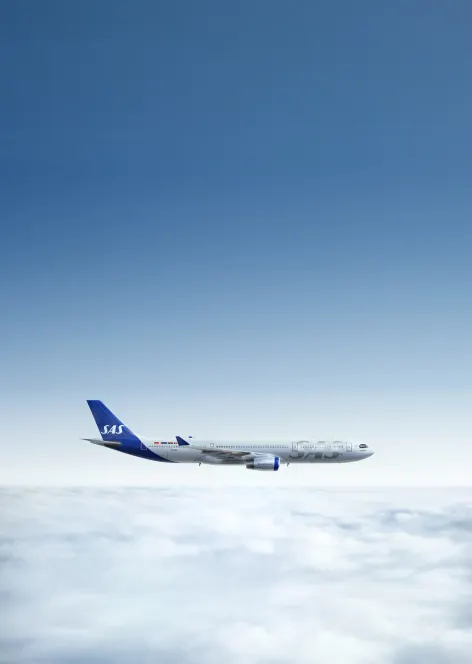
Welcome to the world of SAS
Select your country
-
Other countries : (English, EUR) -
Norway : (Norsk, NOK) -
Sweden : (Svenska, SEK) -
Denmark : (Dansk, DKK) -
Belgium : (English, EUR) -
Canada : (English, CAD) -
Canada : (Français, CAD) -
China : (简体中文, CNY) -
Finland : (English, EUR) -
France : (Français, EUR) -
Germany : (Deutsch, EUR) -
Hong Kong, China : (English, HKD) -
Ireland : (English, EUR) -
Italy : (English, EUR) -
Japan : (日本語 , JPY) -
Netherlands : (English, EUR) -
Poland : (English, PLN) -
Spain : (Español, EUR) -
Switzerland : (Deutsch, CHF) -
Switzerland : (Français, CHF) -
Thailand : (English, THB) -
United Kingdom : (English, GBP) -
United States : (English, USD)